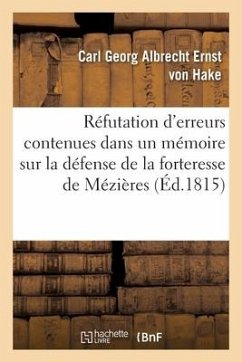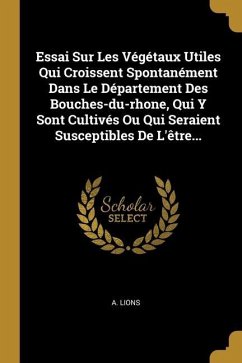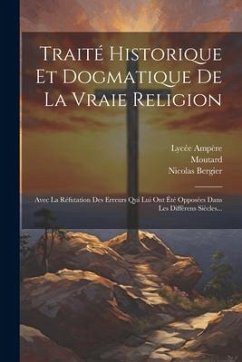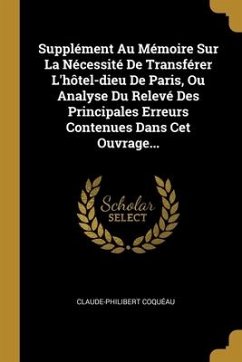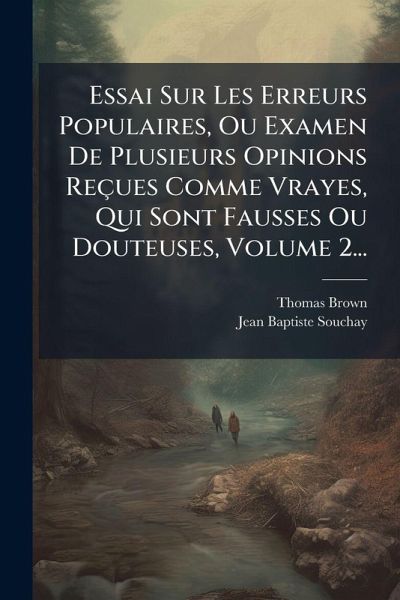
Essai Sur Les Erreurs Populaires, Ou Examen De Plusieurs Opinions Reçues Comme Vrayes, Qui Sont Fausses Ou Douteuses, Volume 2...

PAYBACK Punkte
13 °P sammeln!
Essai Sur Les Erreurs Populaires, Ou Examen De Plusieurs Opinions Reçues Comme Vrayes, Qui Sont Fausses Ou Douteuses, Volume 2, by Thomas Brown and Jean Baptiste Souchay, delves into the examination of commonly held beliefs and opinions that, upon closer inspection, prove to be either false or questionable. This work, written in French, explores a range of popular errors across various aspects of society and thought. The authors provide a critical analysis aimed at enlightening readers and encouraging a more discerning approach to accepting purported truths. This volume provides valuable insi...
Essai Sur Les Erreurs Populaires, Ou Examen De Plusieurs Opinions Reçues Comme Vrayes, Qui Sont Fausses Ou Douteuses, Volume 2, by Thomas Brown and Jean Baptiste Souchay, delves into the examination of commonly held beliefs and opinions that, upon closer inspection, prove to be either false or questionable. This work, written in French, explores a range of popular errors across various aspects of society and thought. The authors provide a critical analysis aimed at enlightening readers and encouraging a more discerning approach to accepting purported truths. This volume provides valuable insights into the intellectual landscape of its time. It serves as a testament to the enduring importance of critical thinking and the careful evaluation of information. It remains relevant for readers interested in history, philosophy, and the development of ideas. This work has been selected by scholars as being culturally important, and is part of the knowledge base of civilization as we know it. This work was reproduced from the original artifact, and remains as true to the original work as possible. Therefore, you will see the original copyright references, library stamps (as most of these works have been housed in our most important libraries around the world), and other notations in the work. This work is in the public domain in the United States of America, and possibly other nations. Within the United States, you may freely copy and distribute this work, as no entity (individual or corporate) has a copyright on the body of the work. As a reproduction of a historical artifact, this work may contain missing or blurred pages, poor pictures, errant marks, etc. Scholars believe, and we concur, that this work is important enough to be preserved, reproduced, and made generally available to the public. We appreciate your support of the preservation process, and thank you for being an important part of keeping this knowledge alive and relevant.







